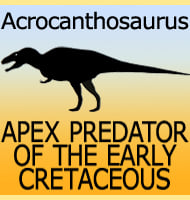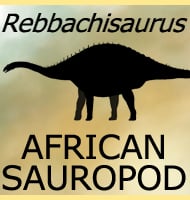Xilousuchus
In Depth Xilousuchus is one of the oldest known archosaurs and like many other primitive forms it has a sail upon its back. This has seen Xilousuchus placed within the Ctenosauriscidae group of sail backed rauisuchian archosaurs that are typified by the genus Ctenosauriscus, although Xilousuchus is actually thought to be more closely related to … Read more

